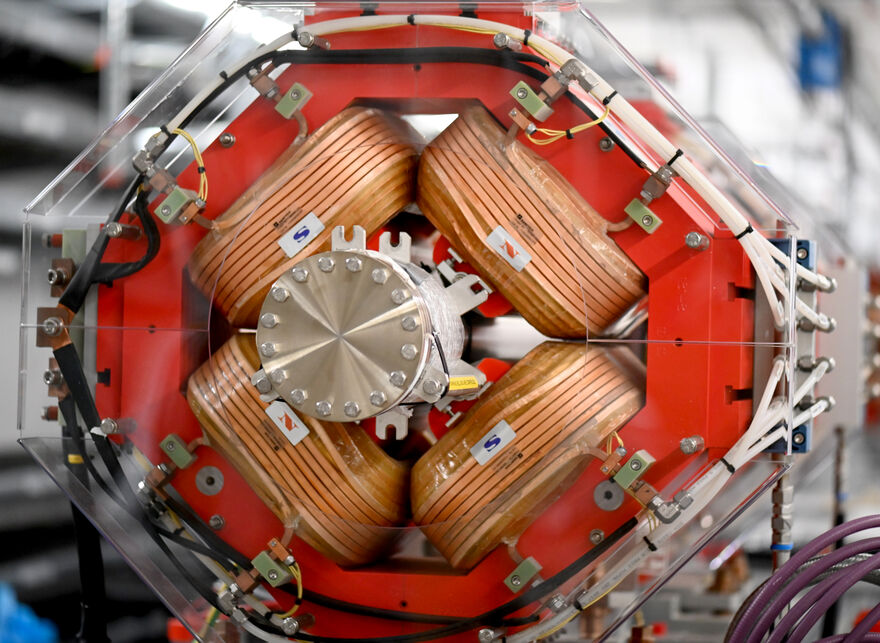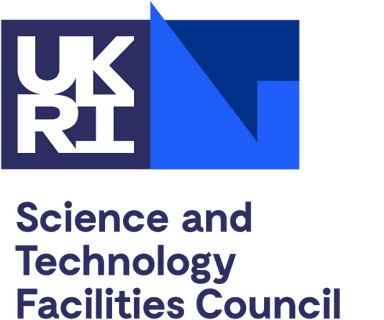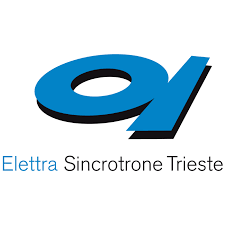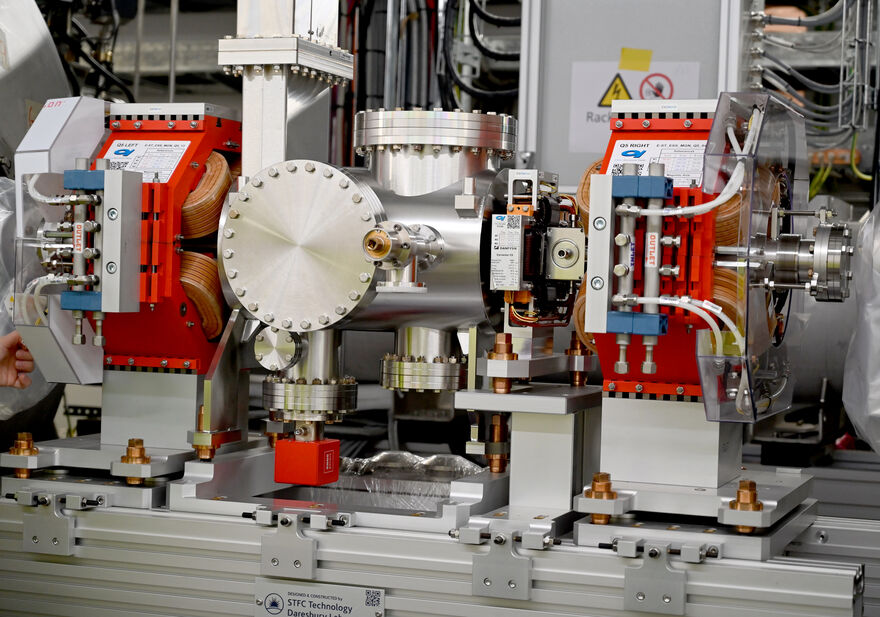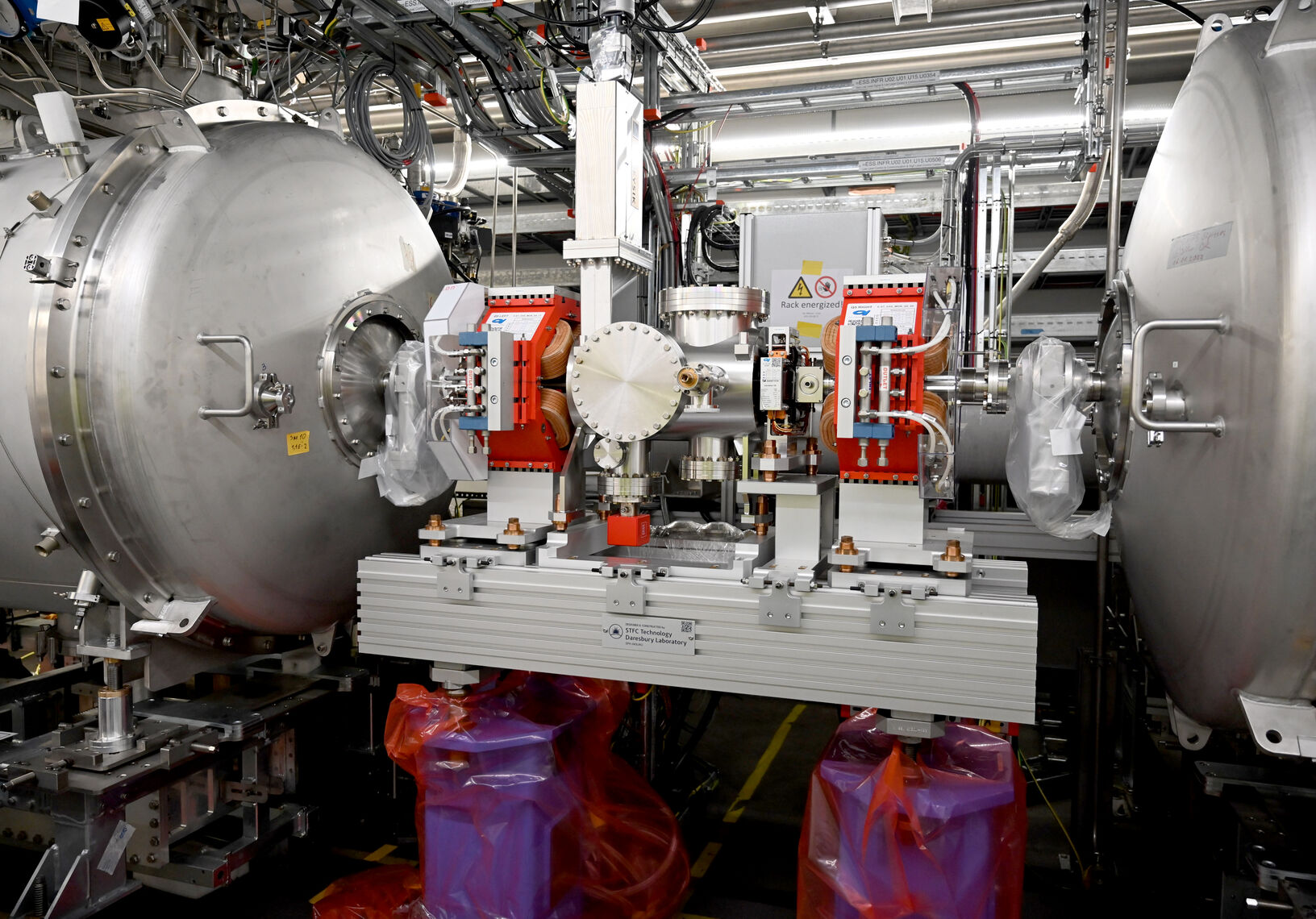
Final installation of the Warm Units for the Spoke Linac is under way in the ESS Accelerator tunnel. Particle-free connection to the previously installed cryomodules is performed within a clean room confinement by the ESS vacuum team.
A significant milestone on the ESS Road to Science has been reached with the start of permanent installation of Linac Warm Units (LWUs), containing magnets to focus and steer the proton beam in-between the superconducting cavities of the cryomodules. Starting with the 13 LWUs to be placed between the spoke cryomodules, this activity will continue into next year as the 600-metre-long accelerator is populated with a total of 71 LWUs.
The installation is carried out by the Vacuum team, with vacuum technicians Delphine Hardion and Fredrik Svensson as well as SCL vacuum system engineer coordinator Artur Gevorgyan in the core team.
The objective is to connect the vacuum vessels of the LWUs to the spoke cryomodules, without introducing contaminants, as any compromise in cleanliness could lead to lower overall performance of the Accelerator.
To achieve this, the delicate procedure is carried out inside a cleanroom confinement. A portable cleanroom is set-up, the area meticulously cleaned and all connecting surfaces wiped off with ionised nitrogen, then left over night allowing particles to settle for the installation to be performed the following morning. The cleanroom is maintained to ISO5 standard, with constant monitoring using a particle counter to ensure compliance.
The first step for the vacuum installation is to transform the cryomodules from the so-called transport configuration into the working state. This means that the on air auxiliary vacuum components used to monitor the beam vacuum performance during the cryomodule installations have to be removed, and a permanent flange connection to the cryomodule established. Then follows the mechanical installation of LWUs, including precise alignment. Final connection of particle-free vacuum chambers from the LWU to the cryomodule is performed in the last step, also within the cleanroom. Connection to power, cooling, diagnostics and control systems and more will follow.
To date, three of the 13 LWUs are in place along the Spoke Linac, with precise alignment under way.
The LWUs are the result of the collaboration between ESS and several European in-Kind contributors: assembled and tested at the STFC Daresbury Laboratory in the UK, with magnets supplied by Italian Elettra, beam diagnostics instrumentation from Germany's DESY and Profile Monitors from CEA in France. The LWUs are a showcase of the collaborative effort driving the entire accelerator project and ESS facility.
PARTNERS
More about the Linac Warm Units
LWUs are positioned between and connected to cryomodules in the superconducting part of the linac as well as installed upstream in the contingency area up to the Target. In total there will be 71 LWUs, 43 superconducting and 28 normal conducting for the high energy beam transport part. LWUs consist of an ultra-high vacuum chamber and a beam position monitor which will provide information on the exact position of the proton beam. Each unit also includes three magnets; two quadrupoles and a corrector.
As the beam consists of a bunch of protons that are positively charged, it has a tendency to blow itself apart, so it needs to be kept constrained – left/right and up/down – as it moves forward. The quadrupole focusing magnets arranged in pairs will allow compression of the beam, both horizontally and vertically, to ensure that it moves from the start of the accelerator to the target without any losses.
The dual-plane corrector magnets are used for beam guidance and steering.

























